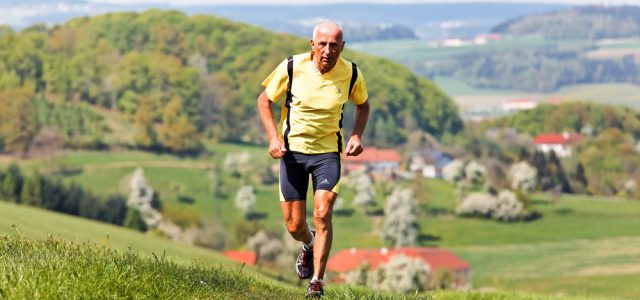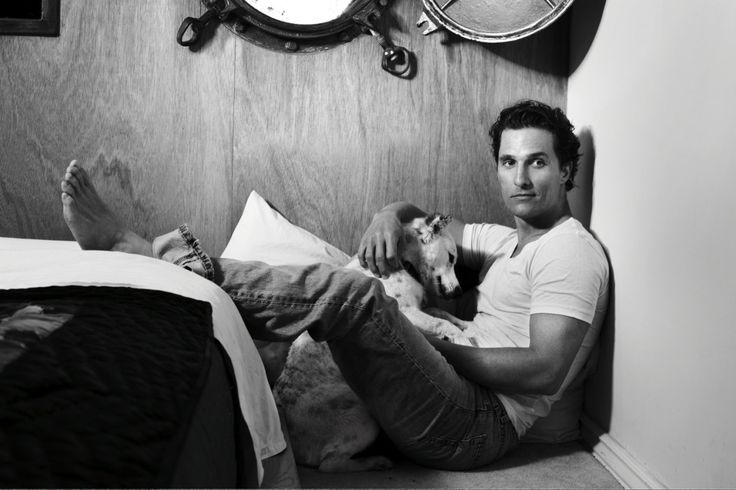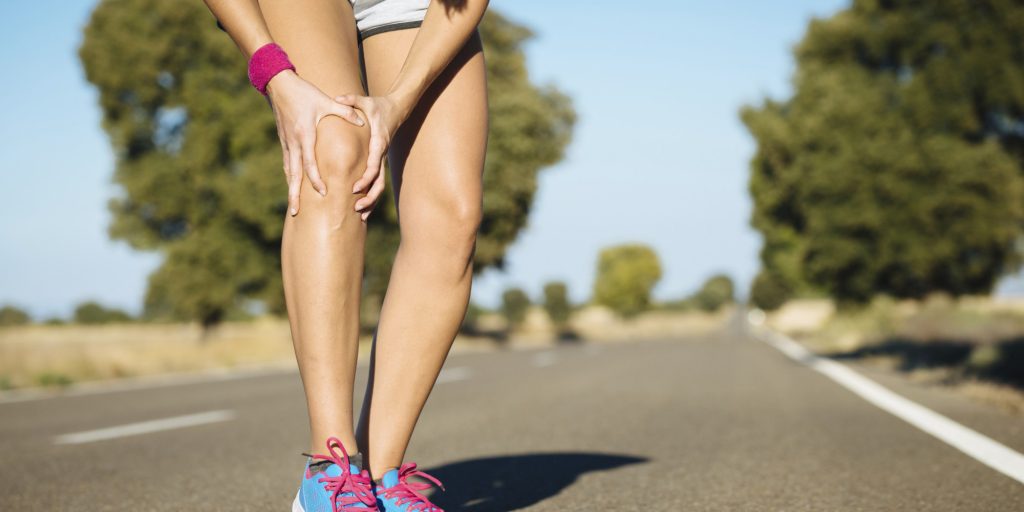
The once heated debate about strike zones for running has simmered to a back burner issue, but it has not gone away. In fact, the book that started it all, Born to Run is scheduled to be a movie starring Matthew McConaughey.
There was bound to be a lapse in the barefoot movement. The problem for many adults was they attempted to make the change too late in life. Their bodies had already adapted to certain movement patterns. Their bodies were either unable to make the subtle changes to stride or they misunderstood the technique.
In short, feet were broken. People gave up.
But now, we may see a return as some children grow up running in barefoot shoes. By nature, children will run with a mid-sole strike until the age we start cramming them into shoes. Raised to stay in that stride, they may not suffer the problems caused by the heel strike running styles of their parents.
In fact, new research connecting barefoot running to memory improvements may fuel the resurgence. Barefoot running may help boost your memory, improve or eliminate existing back pain, reduce your risk of injury, and may even help you live longer.
Boost Your Memory
What? In a recent study, at the University of North Florida, 72 patients between the ages of 17 and 44 were tested for memory, before and after a 16-minute run.
While no changes to memory were noted when the participants ran shod, they noticed a marked improvement from barefoot running. It was 16%. That’s not too bad.
Maybe with a 16% increase in memory I could finally remember to recharge my Bluetooth headphones before each workout.
Improve Back Pain
Running barefoot has been lauded for many to help reduce many aches and pains, but what ails most people commonly is back pain.
The theory goes, that when you run barefoot if you are striding correctly, you are cushioning your landing better. It’s four times better than a traditional heel strike, as the bones in your foot decelerate your landing way better than your heel.
Barefooters tend to think of their feet more like paws, attempting to land like a large cat. Shod, heel strikers, rely on shoe cushioning to decelerate their foot falls.
Reduced Risk of Injury
The strain that normally travels through the ankle, to the knee, up into the spine, is absorbed by the foot in a mid-sole foot strike.
If you build on the idea of the foot more as a paw, then you can start to see how your foot could be used more dynamically than a foot strapped into a shoe.
Fast changes of direction, which are required to avoid accidents, become possible when the foot is untethered. The total picture is a body that functions more naturally.
Live Longer
Sound like a pitch? It’s not. Barefoot runners have greater stability in their feet.
Falling is one of the deadliest things that can happen to us as we age. While running barefoot is no panacea for falls, having better foot flexibility and stability could certainly help us stay upright later in life.
No falls means less no broken hips, no being stuck without help for days.
In general, I don’t recommend most adults change their stride unless they are prepared to make some serious commitments to a learning curve. Most will go through adaptation and injury cycles, which can be disheartening.
If you are willing to go through the pain, then the other side of bare footing can be a paradise of sorts. Folks who’ve not been able to run for years because of pain (people like this author) find they can return to an active life.
It seems, we may also remember more than we did before.




